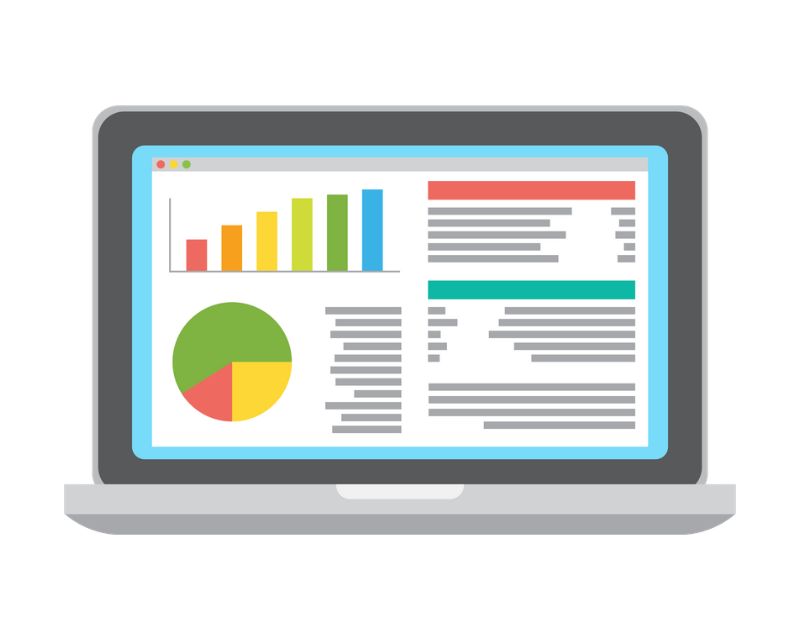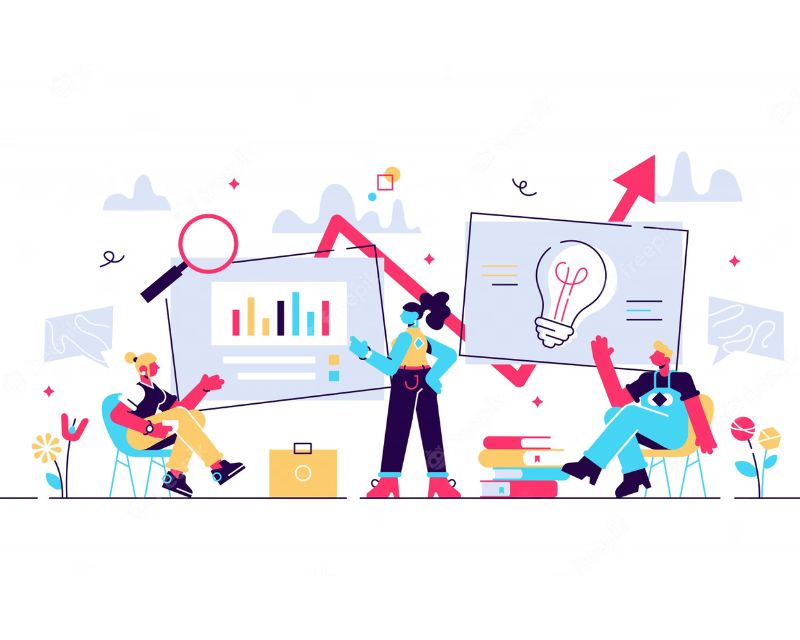National Statistics Day is celebrated in India on June 29 every year, since 2007, to honour the exceptional contributions of Prasanta Chandra Mahalanobis, regarded as the father of Indian statistics and founder of the Indian Statistical Institute (ISI). The celebration on this day serves as an essential reminder about the power of statistics in transforming societies, empowering individuals, and driving progress. National Statistics Day encourages students to develop data analysis skills from an early age. This equips them with the ability to interpret and utilise data effectively, enabling them to become informed citizens and contribute to evidence-based decision-making in their personal and professional lives.
The Importance of Statistics for Students in Today’s Data-Driven World
Remember those days when you used to get maths questions where Ram bought 30 watermelons and Radha had 90 oranges? Well, those were the younger days, of course. As we move to higher grades from middle school to high school, the complexity of these questions increases gradually with calculating the average age of 100 students in ABC school or the mean value of 30 observations from a Chemistry lab experiment.
Further on, these numbers and data get more complex as we move to undergraduate and so on. Yes, not everyone encounters statistics in their college or university academics, but everyone encounters numbers and statistics, to some degree, in their academic journey. Moreover, we are surrounded by numbers and statistics throughout our lives!
Statistics is like a superhero that helps us make sense of the world around us. Statistics is, in fact, a special language that uses numbers to tell us important information. It could be as mundane as having a box of colourful birthday candles for a friend and counting them to put them on the cake according to their age. Statistics are like magic tools that can make sense of random numbers. They can show us patterns, trends, and relationships between things. For example, statistics can tell us if eating carrots is good for eye health or how much effect smartphone usage has on our academic performance. Numbers and statistics are friends we can rely on to make our lives easier.
Also Read – School Holiday List 2023
In this article, we are going to talk about the importance of statistics for students in making their academic lives easier. We will see important statistics for performing well in the board examinations, in day-to-day life, and in your career graph.
Top 5 Reasons Why School Students Must Embrace Statistics
Statistics are important for school students for several reasons. The TOP 5 reasons why statistics are crucial in a student’s life are:
Related: TOP Statistical Tools for Students
1. Data Analysis
Statistics helps students develop the skills to collect, organise, analyse, and interpret data. These skills are essential not only in math but also in subjects like science, social sciences, and even everyday life. By understanding numbers, students can effectively analyse the information provided, draw conclusions, and make informed decisions based on numerical data.
For example, if a question from Topic A has been asked three times in the last five board exams while a question from Topic B has been asked only once, students will prioritise preparing Topic A based on the statistics!

2. Critical Thinking
Statistics promote critical thinking skills by encouraging students to question, evaluate, and interpret information. It helps them become better problem-solvers and decision-makers. Students learn to identify biases, consider different perspectives, and draw logical conclusions based on evidence.
For example, if a group of students is conducting a Science experiment to test the effects of different types of fertiliser on plants, they collect information on plant height, leaf size, etc. By applying statistical analysis, such as calculating averages and mean values and creating graphs, students will draw conclusions from the data.

3. Probability and Risk Analysis
Statistics introduces students to concepts of probability, which are important for understanding uncertainty and risk. This knowledge can be applied to real-life situations, such as assessing the likelihood of events, making predictions, and evaluating potential outcomes. Moreover, probability carries considerable weight for students in grades 9th, 10th, 11th, and 12th. Statistics and probability carry a total of 11 marks in CBSE Class 10th, while probability alone has a weightage of 8 marks in CBSE Class 12th.
For example, students can decide for themselves whether they are likely to perform better by choosing the arts, commerce, or Science stream in CBSE 11th and 12th classes.

4. Career Opportunities
Statistics are of utmost importance in all fields. Professionals who can work with data are used in various fields such as business, finance, economics, psychology, healthcare, and environmental science. By familiarising themselves with statistics in school, students will have a strong base for developing more professional knowledge of statistics, thus acquiring a valuable skill set that can open up a wide range of career avenues.
For example, students can pursue fields such as machine learning, data analysis, market research, statistical modelling, and many more.

5. Data Literacy
In the age of information overload, being able to understand and interpret data is crucial. Statistics helps students become data-literate individuals who can navigate and make sense of the vast amount of data available today. This skill is essential for making critical decisions, evaluating claims or arguments backed by data, and understanding the world around them. In fact, students can even help their parents and other elders around them by making their lives easier.
For example, if students have a history project in hand wherein they land upon various pieces of information that do not tally, they can research more and cross-verify to accurately decide the credibility of the information.

